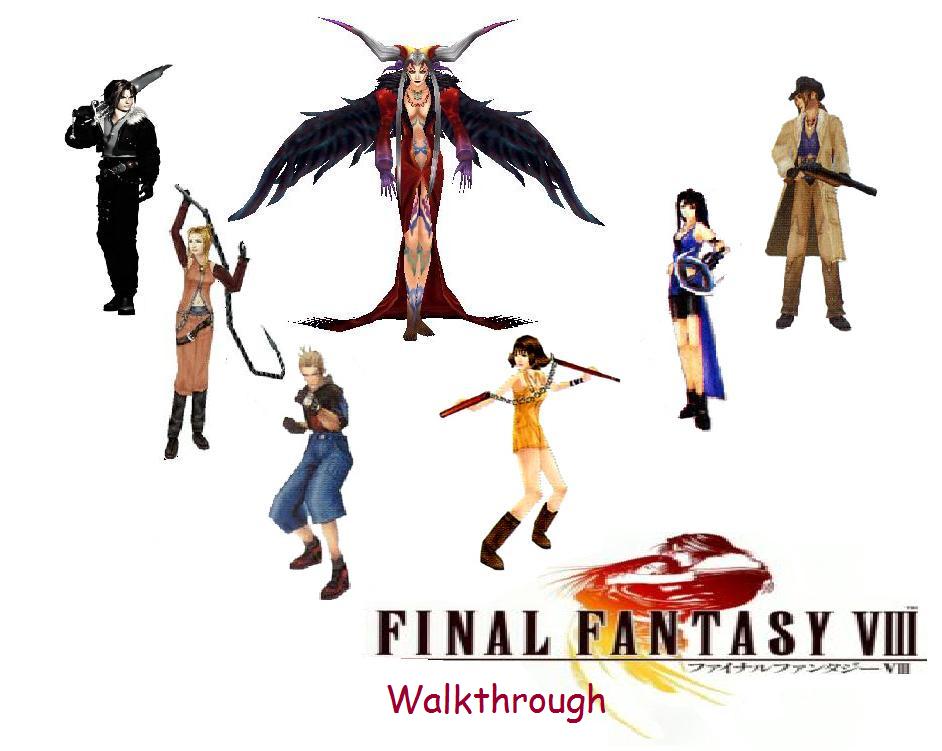

Actions taken in one location may have repercussions in related ones, and many fetch-quests have you tracking down objects at one point in time to deliver to a character in another. A few hours in, you reach the Historia Crux, a sort of level-select screen from which you access different locations at different points in time across the multiverse. There are shadows of Chrono Trigger - although, this being Final Fantasy, things are never as clear or as easily digestible as in that tight Super Nintendo classic. "There are shadows of Chrono Trigger - although, this being Final Fantasy, things are never as clear or as easily digestible as in that tight Super Nintendo classic." Only by venturing back and forth through time, dipping in and out of different realities and solving anomalies, can history's true course be unravelled and Serah be reunited with her sister. But rather than being locked in some remote castle, Lightning is trapped in an alternate timeline. It is, in essence, a save-the-girl story in which Serah must find and rescue her older sister (for some reason, she isn't too fussed with locating her missing fiancé Snow). Final Fantasy 13-2 is a game about time travel and multiverses. Final Fantasy 13-2 may be billed as a sequel, but in truth, it's a multi-million-yen apology, and its creators should be praised for their readiness to make amends - even when those attempts miss the mark.Īt the very highest level, the designers address the linearity of the first game by hard-coding non-linearity into its premise. Square Enix's designers have approached this sequel as lab technicians, answering every criticism levelled against the previous game with precision and grim determination. Final Fantasy 13 was a conflicted, awkward game, a simple tale obfuscated by arcane terminology and confusing philosophising, all wrapped around a beautiful battle system and very little else. This content is hosted on an external platform, which will only display it if you accept targeting cookies. Serah is caring and sentimental, and that personality infuses the game with renewed warmth. In rediscovering the joy of extra-curricular procrastination in the face of an impending apocalypse, Final Fantasy 13-2 recaptures something of the series' heritage that was lost.

#FINAL FANTASY 8 REVIEW SERIES#
Hironobu Sakaguchi's series may have always been about saving the world, but only in Final Fantasy 13 did that goal come at the expense of helping out the lost child, the neglected wife, the weary worker, the little guy. Towns are back, sprawling areas filled with people straining at their pre-set paths to request your help in finding their lost something-or-other. And the game world reflects this from the first moment. She has none of the steel composure of her elder sibling, none of that dogged determination that makes Lightning such a difficult character to empathise with. Serah, Lightning's younger sister and heroine of Final Fantasy 13-2 - a rare sequel to a mainline Final Fantasy title - is a primary school teacher in a seaside village. Rarely has a game been so focused as to discard so much of its own heritage. In Final Fantasy 13, both towns and exploration were discarded as extraneous trappings, unnecessary to Lightning's mission or - as it was referred to in the game's terminology - her Focus.

The series may reinvent itself with each new entry, but the games have always been tied together by common motifs: crystals, summons, Chocobos, airships, Yoshitaka Amano's Klimt-esque concept art, and that tinkling harp arpeggio. And Lightning's purity of focus saw Square Enix discard many Final Fantasy tropes so she could pursue her goals without distraction. The game presented a journey so focused and linear that its first 25 hours could be mapped out as an unbroken corridor. Final Fantasy 13 reflected the character of its heroine, Lightning: an elite, standoffish soldier who would let nothing come between her and her mission.


 0 kommentar(er)
0 kommentar(er)
